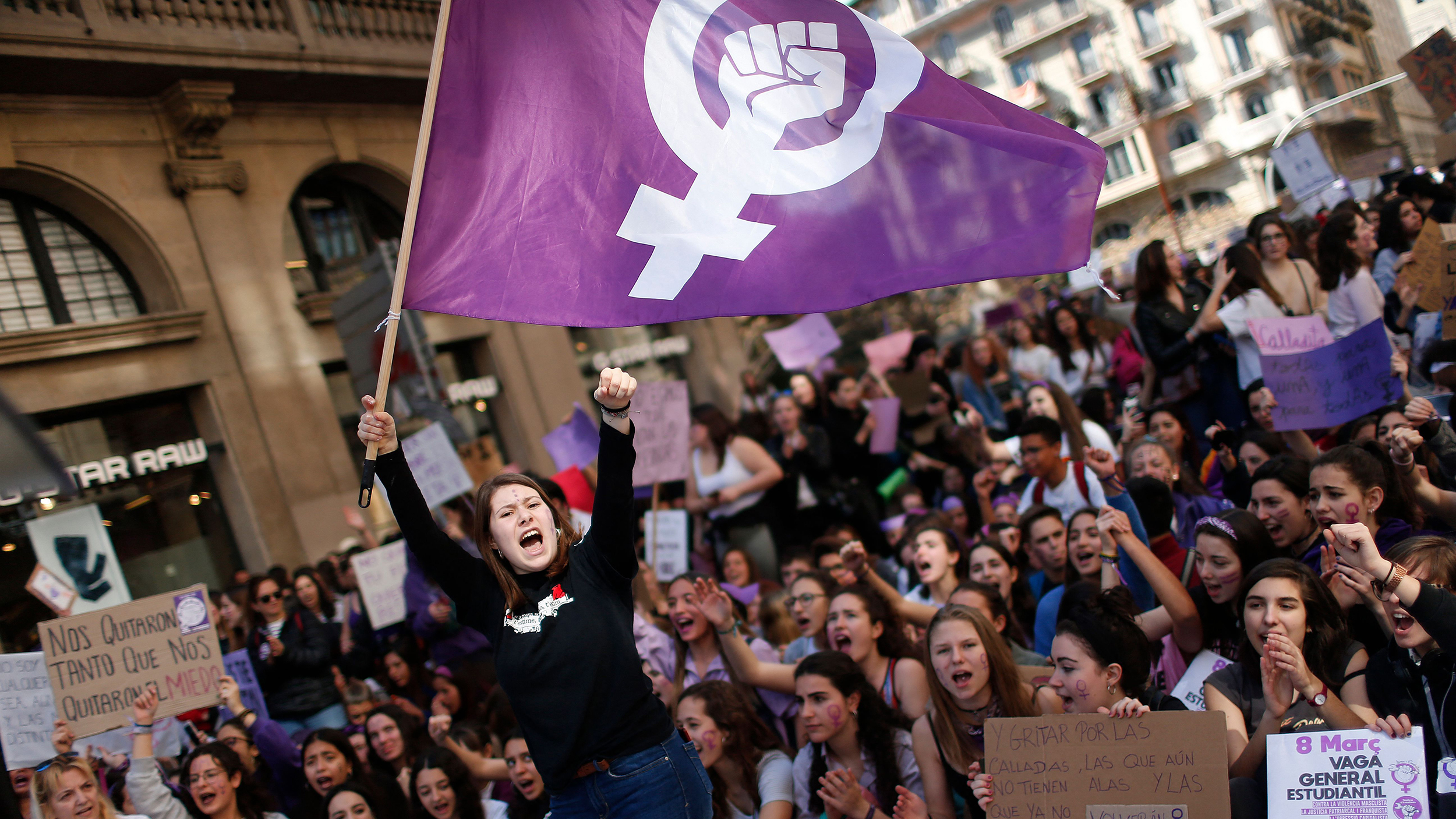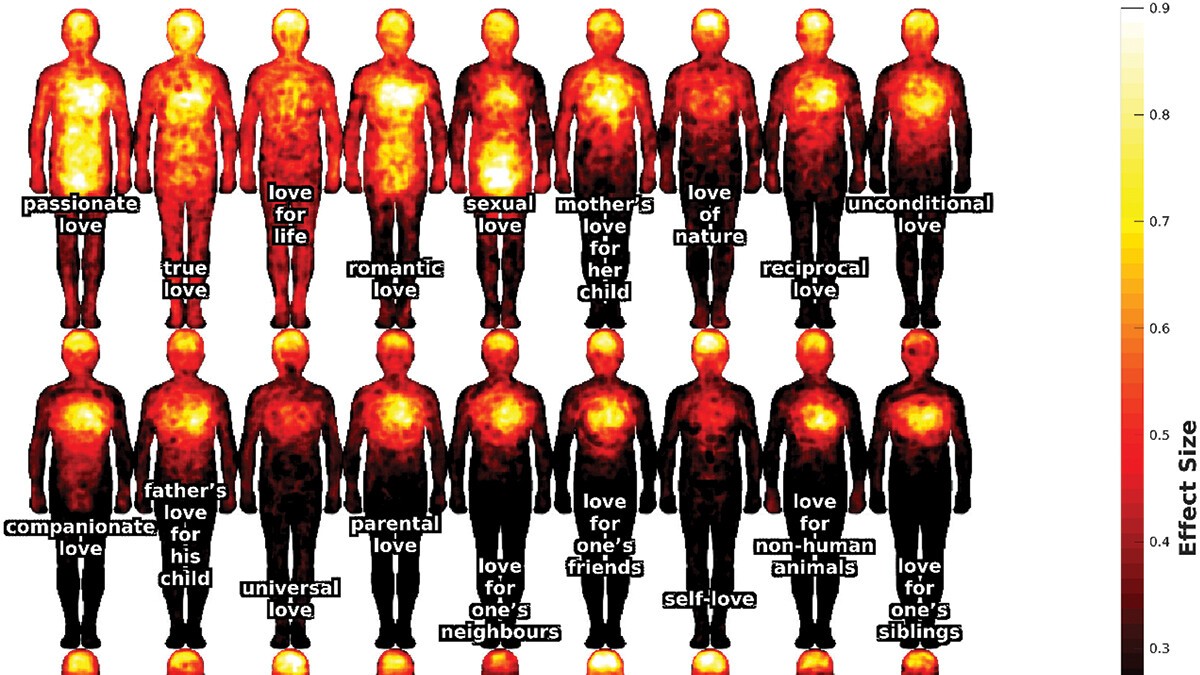How Do I Love Thee? Let Social Psychology Count the Ways

How romantic are you? Here is a test used by academic psychologists to measure the tendency individuals have toward love. Once you determine your score, you can compare your level of romance to the national average for 48 different countries to see where in the world you would best fit in romantically.
You will need a pencil and paper.
For each of the following adjectives indicate on a scale of one to nine how accurately each one describes you. Once you are finished, add up your numbers and then divide by seven to get the average. This score is your measure of “Emotional Investment.”
The words are:
A study published in the Journal of Research in Personality demonstrates that the level of romance varies over regions of the world with East Asia having significantly lower levels of Emotional Investment, while North America had significantly higher levels than all other world regions. Men and women have different tendencies toward love, and in fact in every world region women score significantly higher than men in this measure. As the table in the study demonstrates, though, there is a great deal of variation in this difference between countries.
This data raises two interesting economic questions:
First, is love a “luxury good”? A luxury good is one that people demand proportionally more of as their incomes increase. So, is it economic advantage that gives the residents of some nations the leisure to invest in romantic notions. The authors test this hypothesis and while they find no statistically significant relationship between Emotional Investment and gross domestic product, they do find that Emotional Investment is higher among those who self report their socio-economic status as with upper (7.07) or upper-middle (7.13) class. This measure decreases across the lower socio-economic classes, with those in the lowest class reporting the lowest measure (6.65).
So yes, romantic love does appear to be a luxury.
The authors also find that between nations scores are positively correlated with better access to health care, education and access to resources. This suggests that the tendency to love is more prevalent for those whose lives are generally economically easier. This does not suggest, however, that this makes relationships run more smoothly. Nations with high Emotional Investment also have high divorce rates, higher levels of promiscuity, more short-term sexual relationships and higher prevalence of mate poaching—the tendency to steal someone else’s partner for a short term sexual relationship. Go figure.
The second question is this: In which countries is the Emotional Investment score more different between women and men, those with high gender equality or those with low gender equality?
The United Nations Statistics Division provides two indicators of gender-related equality. The first compares access to health care, education and resources between men and women. The second is a measurement of gender empowerment that quantifies the degree of gender equality in terms of economic participation and decision-making, political participation and decision-making, and power over economic resources. Using these measures the researchers find that gender differences in Emotional Investment were larger in nations with high gender equality. Countries like Switzerland, Australia, and Germany that have high levels of gender equality also have high levels of differences between the genders in terms of Emotional Investment. Other countries like Turkey, South Korea, and Bolivia have low levels of gender equality and also have low differences between the genders in terms of Emotional Investment.
In general, nations with a higher measure of gender equality also have higher levels of Emotional Investment. As gender equality increases, though, the increase in women’s Emotional Investment score is greater than the increase in the men’s score. Everyone is more loving with greater gender equality, but the difference between men and women’s tendency to love diverges as equality increases, so that women become notably more loving than men in countries with high gender equality.
Economists have long struggled with the realization that while we recognize that culture matters for economic outcomes, only quantifiable evidence can tell us by just how much. Cultural traits are often difficult to quantify, unfortunately, and the absence of reliable measures leaves us with a hand-waving exercise, the reliability of which our mathematically-oriented minds find difficult to accept.
This paper tells us that love, actually, is quantifiable (to a certain degree) and has a measurable relationship with welfare outcomes that matter to economists. Perhaps a greater attachment between psychology and economics might be a happy one. Cuddlesome in fact.




